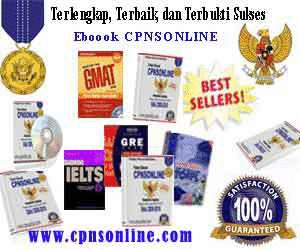 In many countries, medicine is at present facing urgent political and economic calls for reform. These socioeconomic pressures notwithstanding, pharmacotherapy has always been an integral part of the health care system and will remain so in the future. Well-founded knowledge of the preventive and therapeutic value of drugs is a sine qua non for the successful treatment of patients entrusting themselves to a physician or pharmacist. Because of the plethora of proprietary medicines and the continuous influx of new pharmaceuticals, the drug market is dif cult
In many countries, medicine is at present facing urgent political and economic calls for reform. These socioeconomic pressures notwithstanding, pharmacotherapy has always been an integral part of the health care system and will remain so in the future. Well-founded knowledge of the preventive and therapeutic value of drugs is a sine qua non for the successful treatment of patients entrusting themselves to a physician or pharmacist. Because of the plethora of proprietary medicines and the continuous influx of new pharmaceuticals, the drug market is dif cult
to survey and hard to understand. This is true not only for the student in search of a logical systemfor dealing with the wealth of available drugs, but also for the practicing clinician in immediate need of independent information.
Clearly, a pocket atlas can provide only a basic framework. Comprehensive knowledge has to be gained frommajor textbooks. As is evident from the drug lists included in the Appendix, some 600 drugs are covered in the present Atlas. This number should be suf cient for everyday medical practice and could be interpreted as a Model List. The advances in pharmacotherapy made in recent years have required us to incorporate new plates and text passages, and to expunge obsolete approaches. Several plates needed to be brought in line with new
knowledge. click here for download
knowledge. click here for download











